- Home
- Destinations
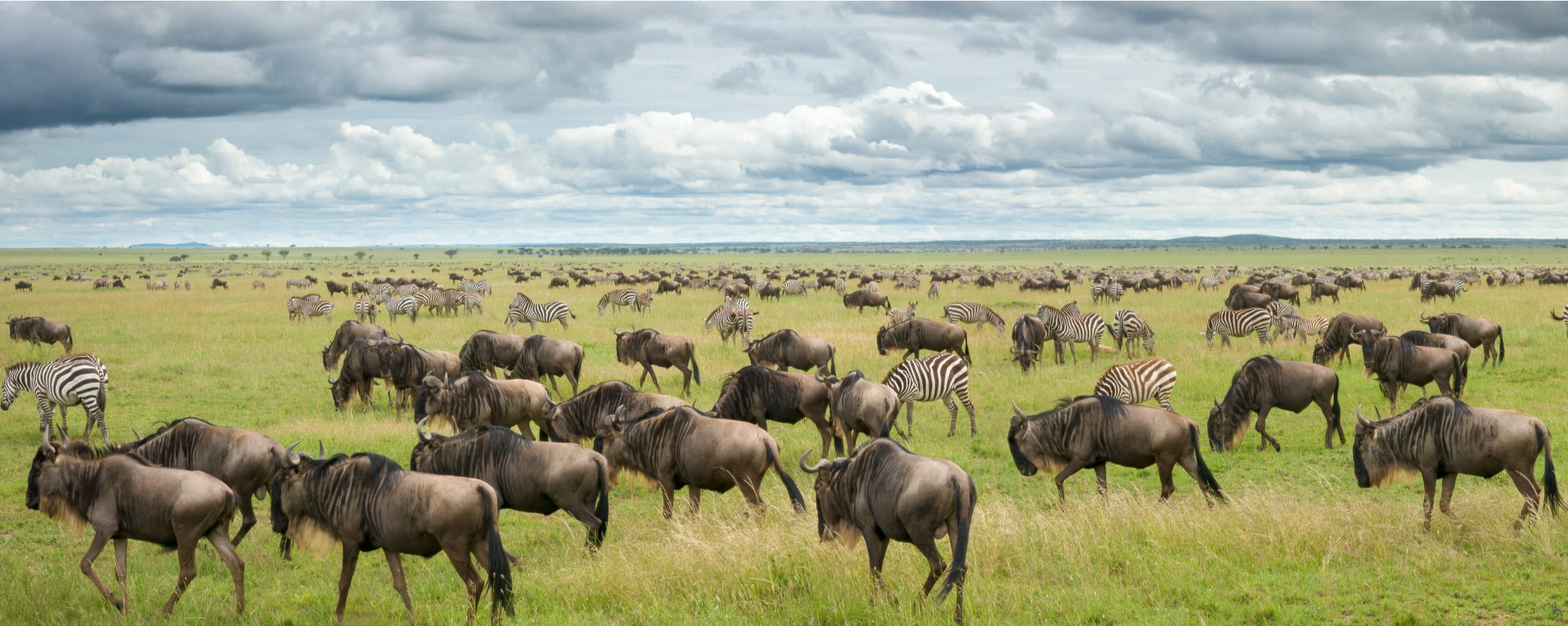
Serengeti National Park
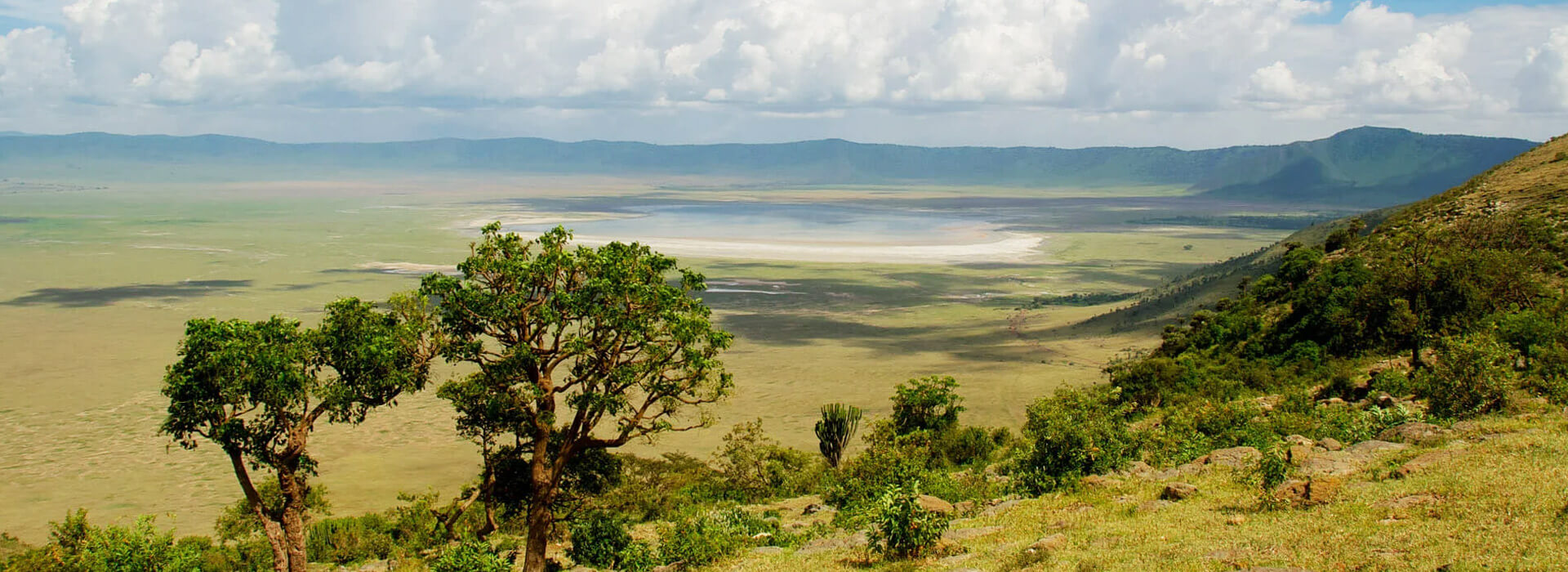
Ngorongoro Crater
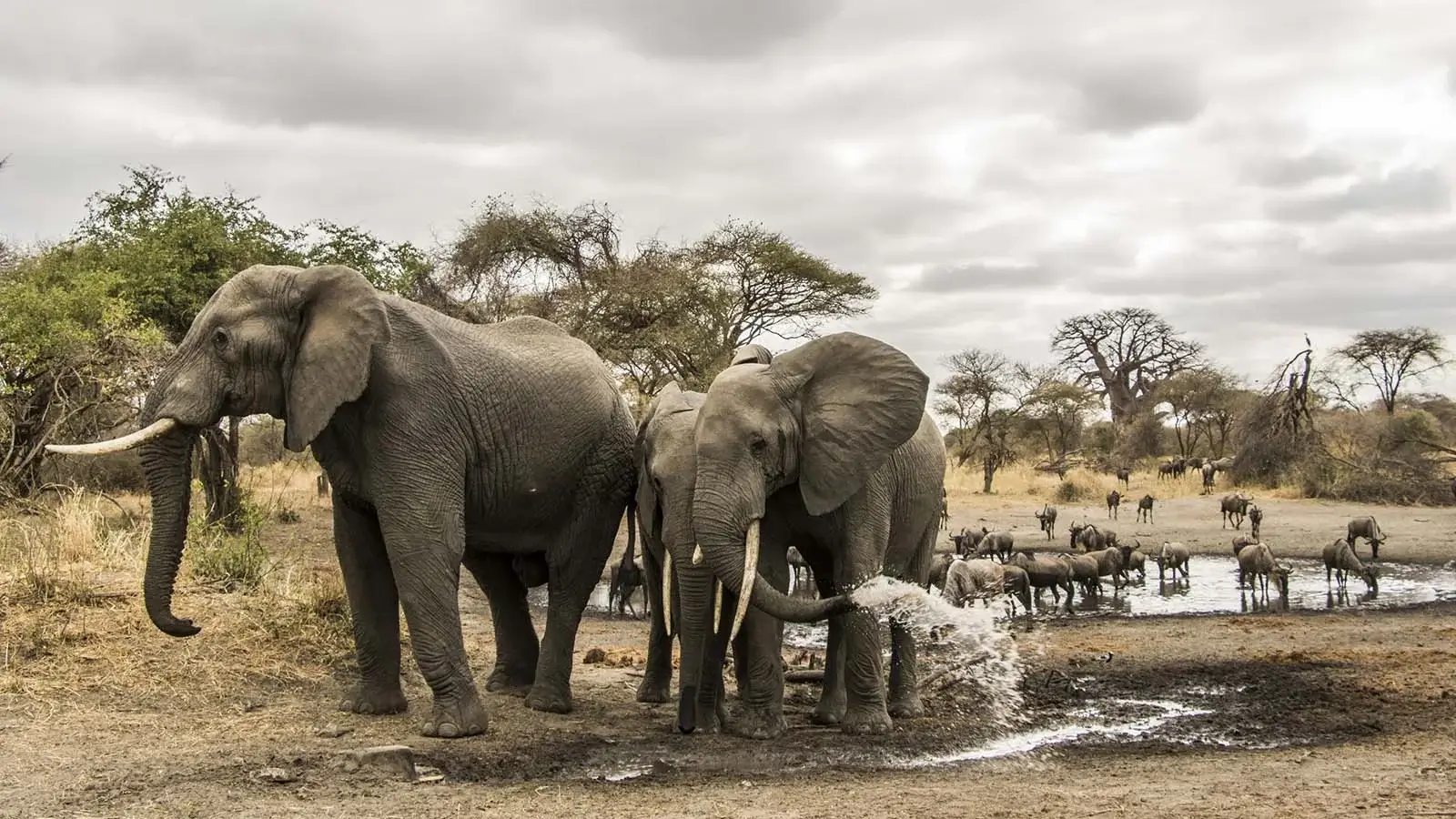
Tarangire National Park
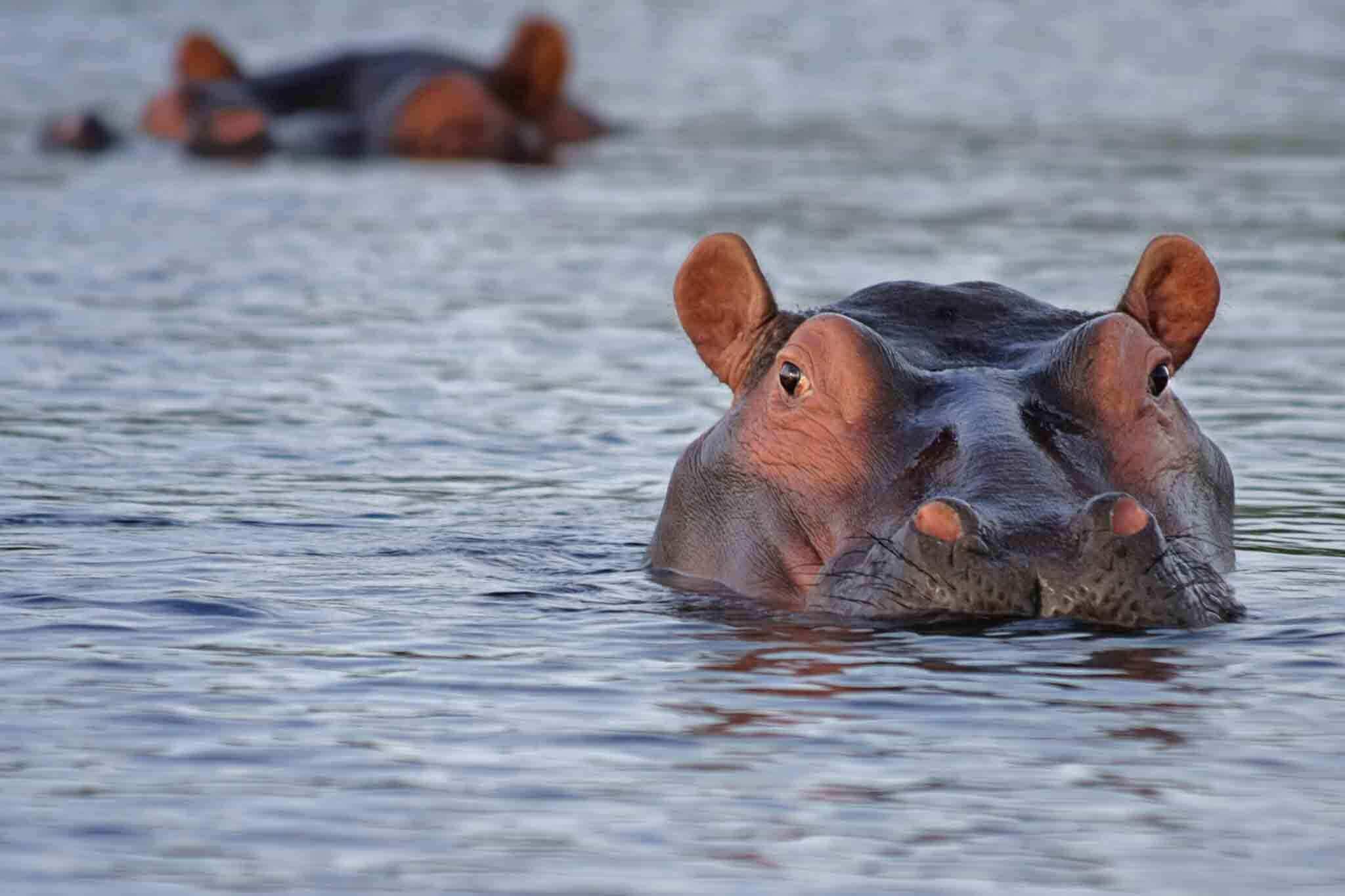
Lake Manyara National Park
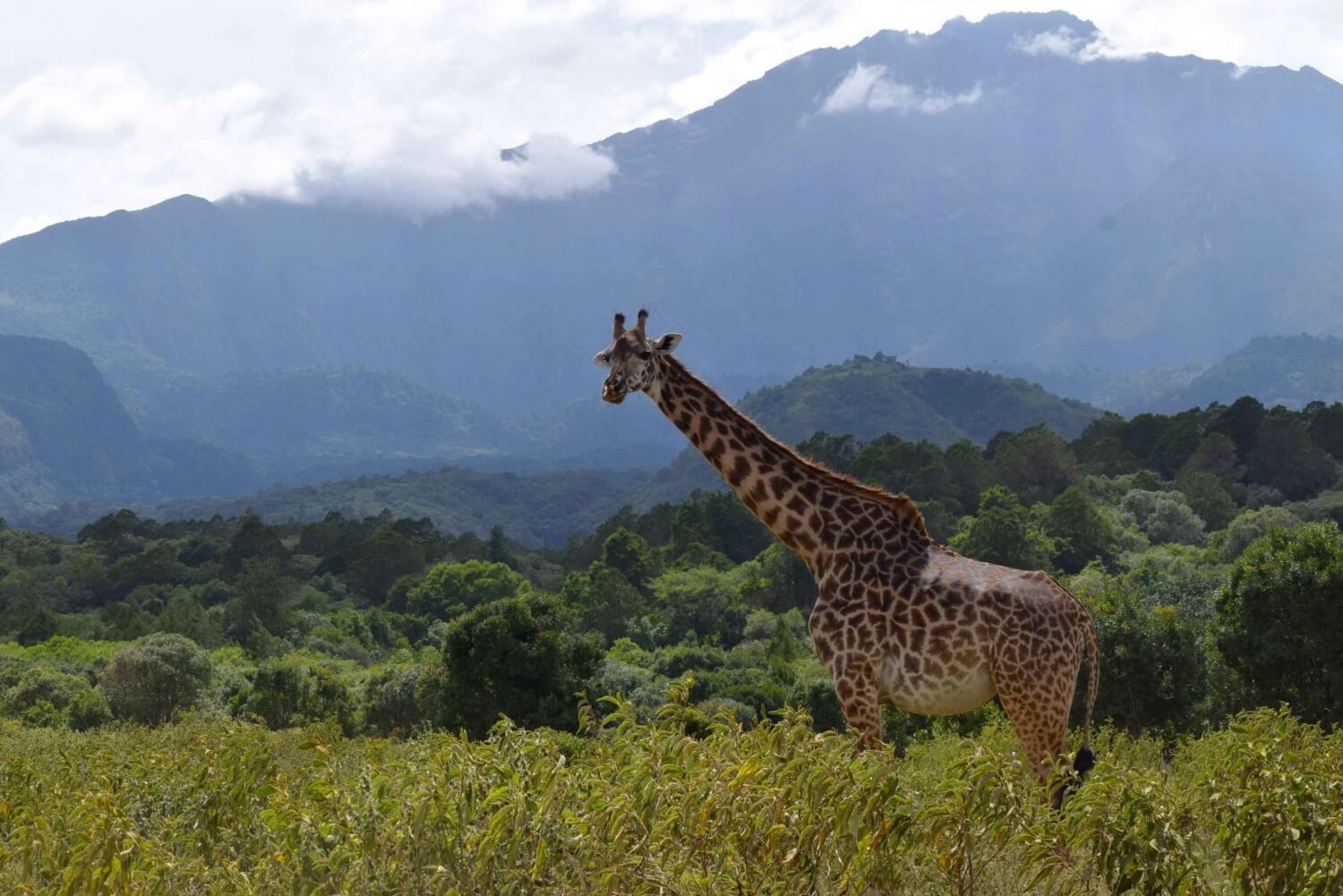
Arusha National Park

Zanzibar Island
- Safaris

3 Days Serengeti and Lake Manyara

5 Days Wildlife Tanzania Safari
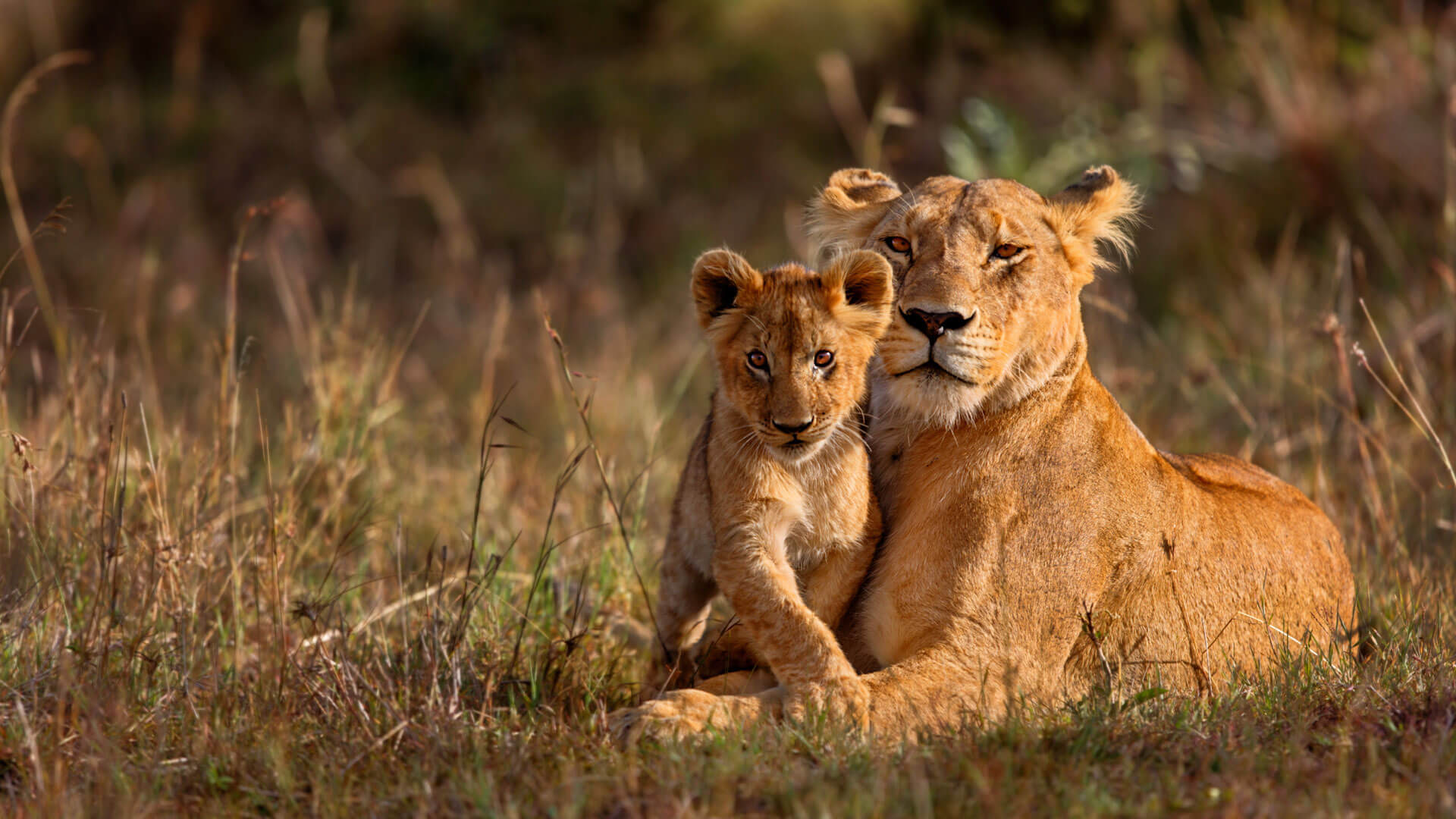
6 Days Tanzania
Safaris
12 Days Tanzania Safaris & Migration
- Trekking

Mountain Kilimanjaro
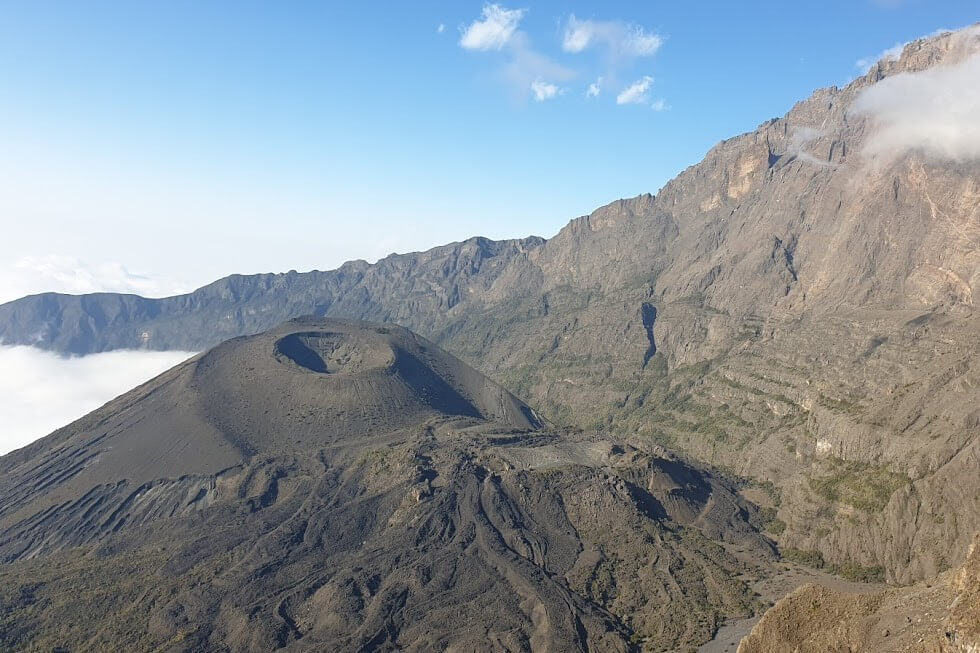
Mount Meru
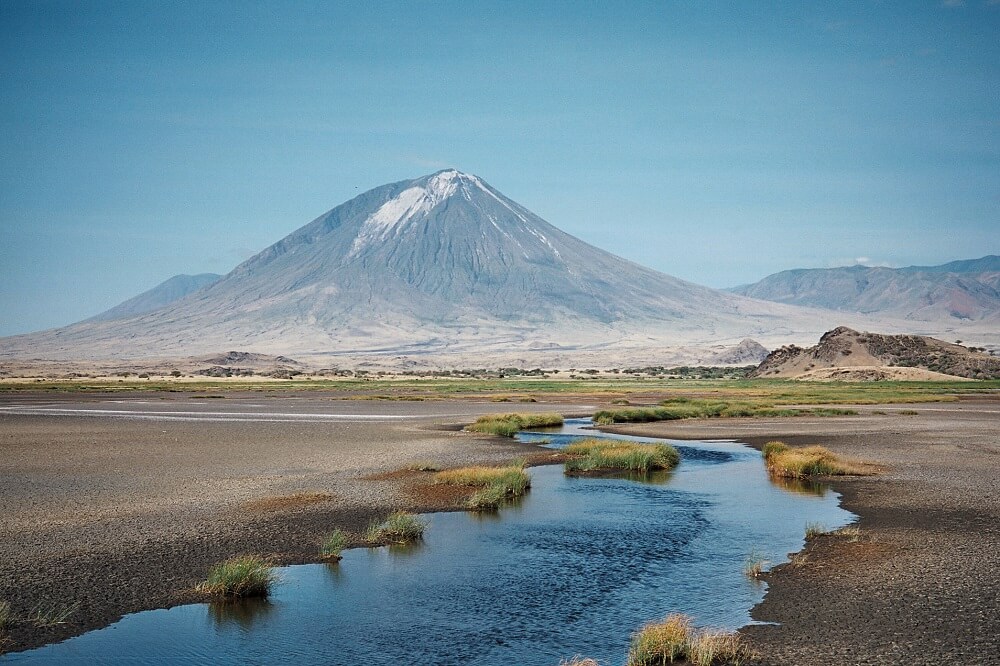
Oldonyo Lengai

Udzungwa Mountain
- Cultural Tours
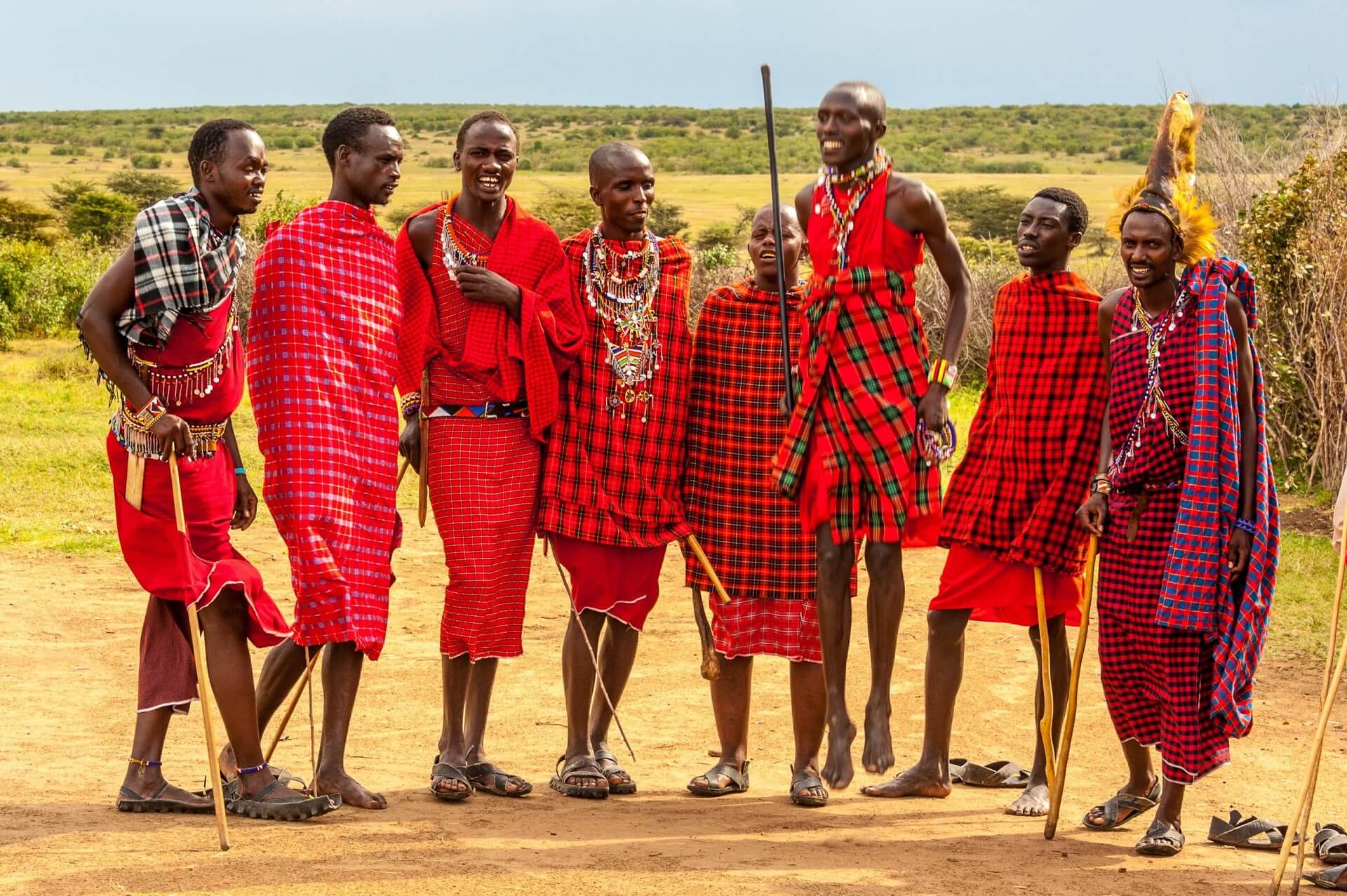
Maasai Tribe
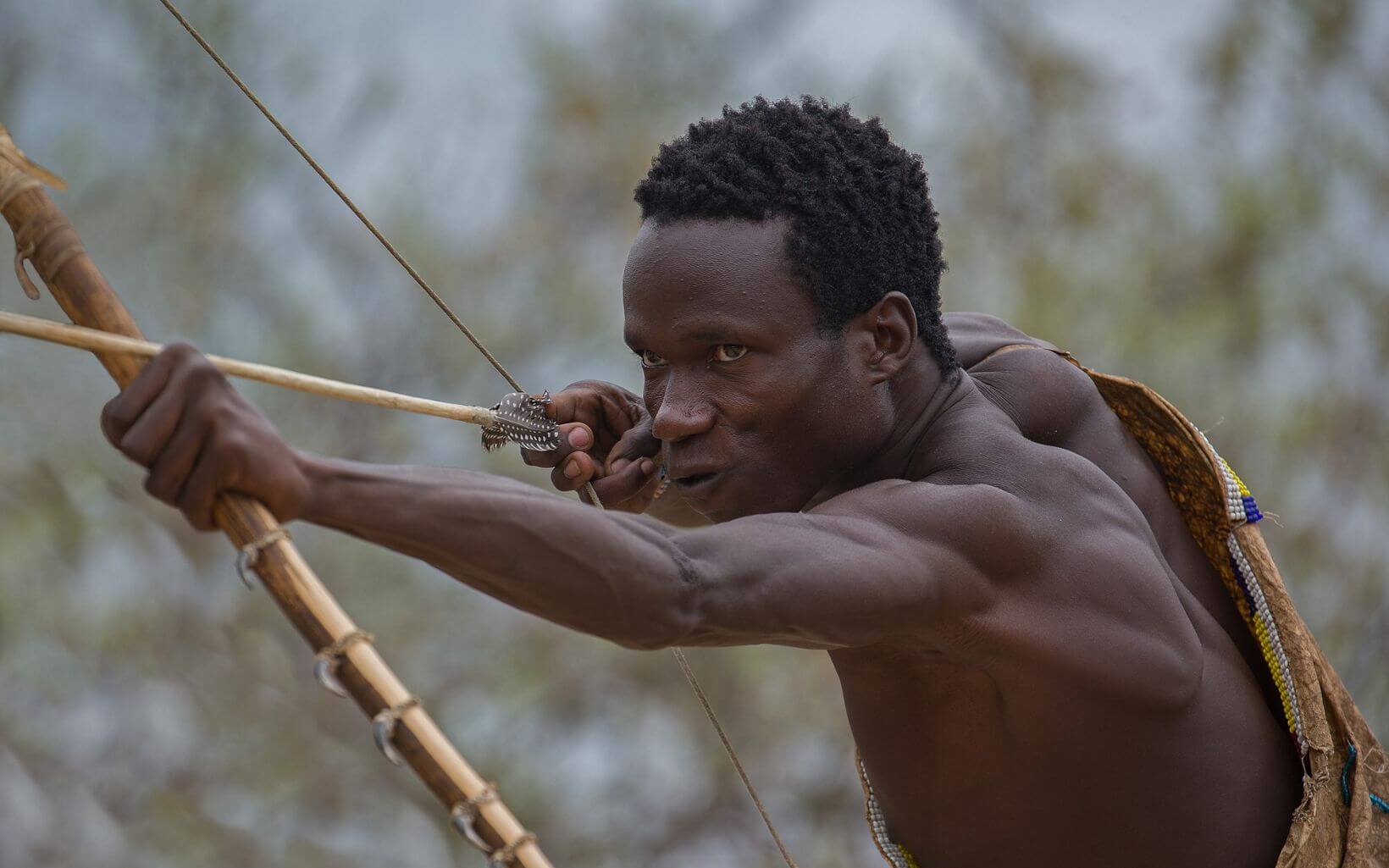
Hadzabe Tribe
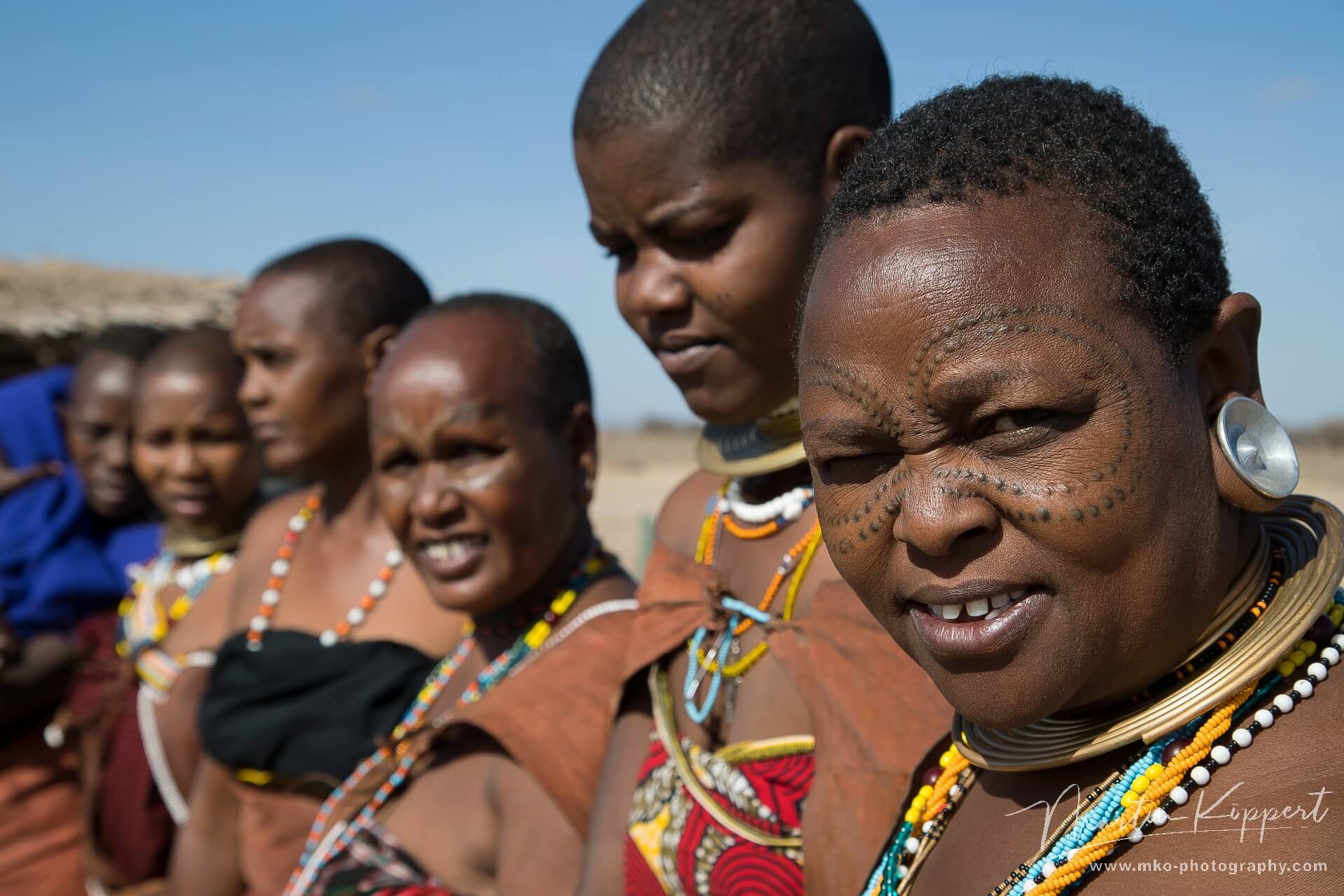
Datoga Tribe
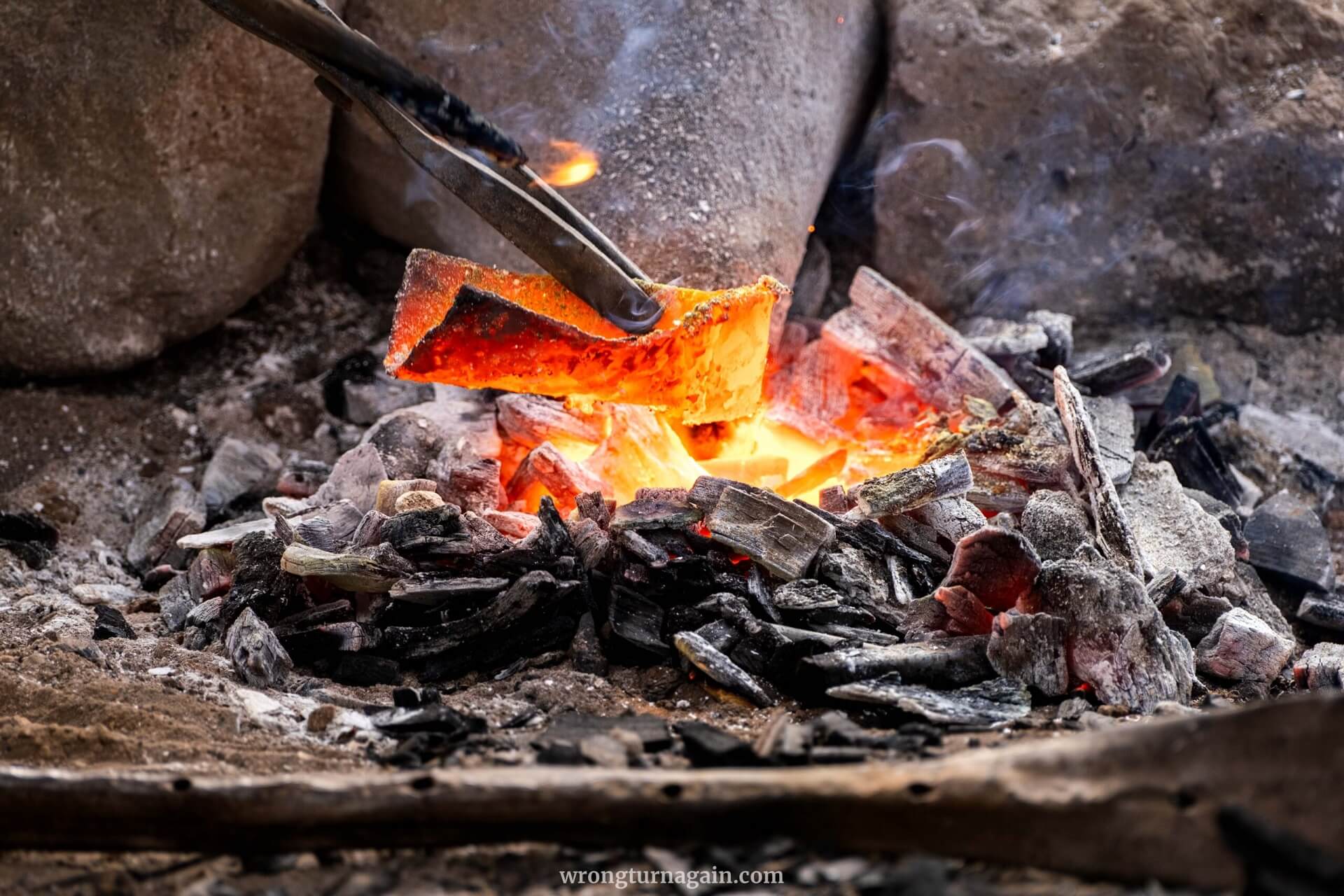
Blacksmith
- Activities
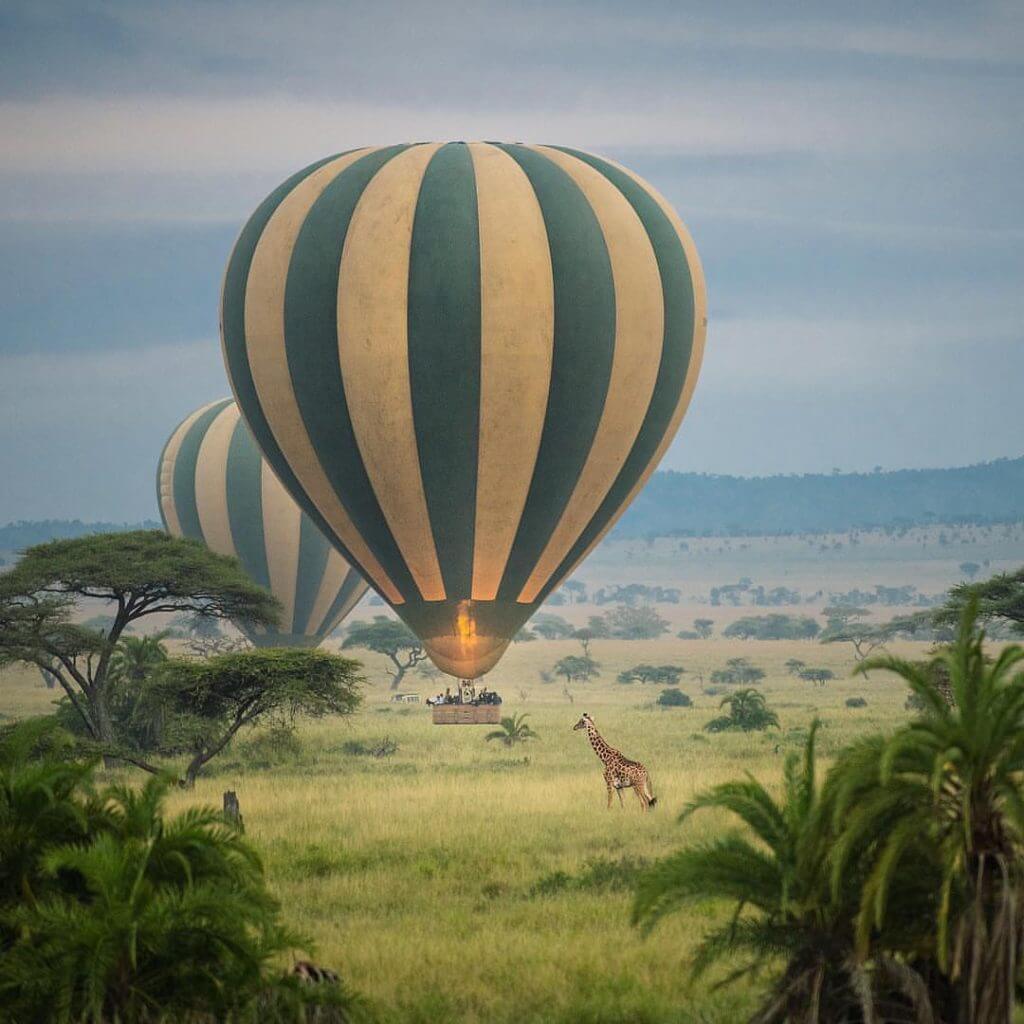
Balloon Safari

Walking Safari
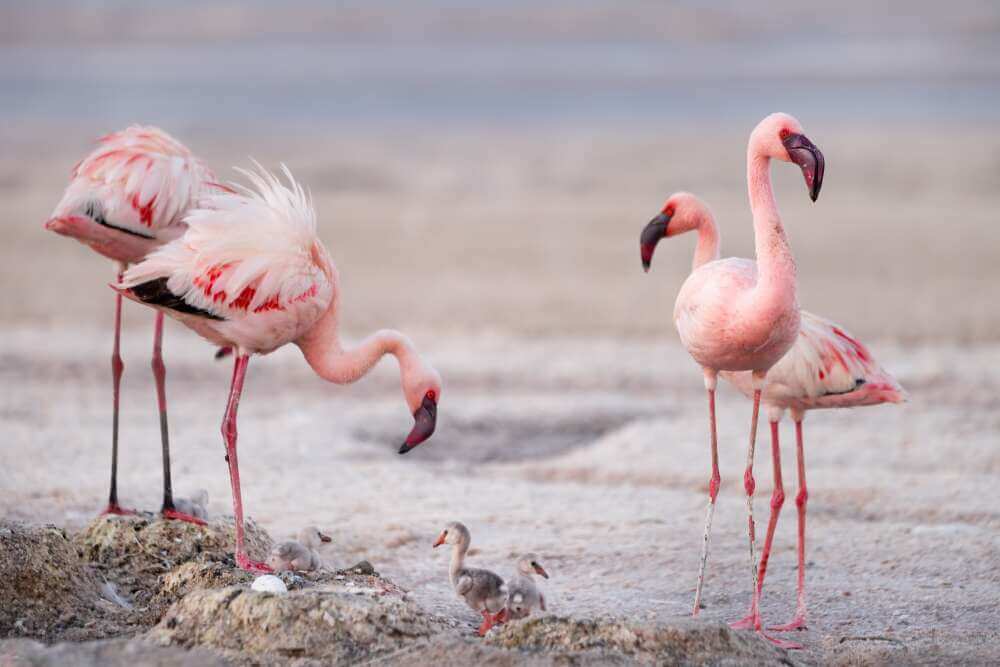
Bird Watching

Wildebeest Migration
- Filming
- Philanthropy
- Home
- Destinations

Serengeti National Park

Ngorongoro Crater

Tarangire National Park

Lake Manyara National Park

Arusha National Park

Zanzibar Island
- Safaris

3 Days Serengeti and Lake Manyara

5 Days Wildlife Tanzania Safari

6 Days Tanzania
Safaris
12 Days Tanzania Safaris & Migration
- Trekking

Mountain Kilimanjaro

Mount Meru

Oldonyo Lengai

Udzungwa Mountain
- Cultural Tours

Maasai Tribe

Hadzabe Tribe

Datoga Tribe

Blacksmith
- Activities

Balloon Safari

Walking Safari

Bird Watching

Wildebeest Migration
- Filming
- Philanthropy
Ngorongoro Conservation Area
A UNESCO World Heritage and Biosphere Reserve
About Ngorongoro Conservation Area
The Ngorongoro Conservation Area, a UNESCO World Heritage Site and International Biosphere Reserve, is situated approximately 190 km west of Arusha, nestled between Lake Manyara and Serengeti National Parks. Spanning around 8,292 square kilometers, this unique area encompasses the Ngorongoro Crater, Olduvai Gorge, Ndutu, Empakai Crater, and Oldonyo Lengai Mountain.
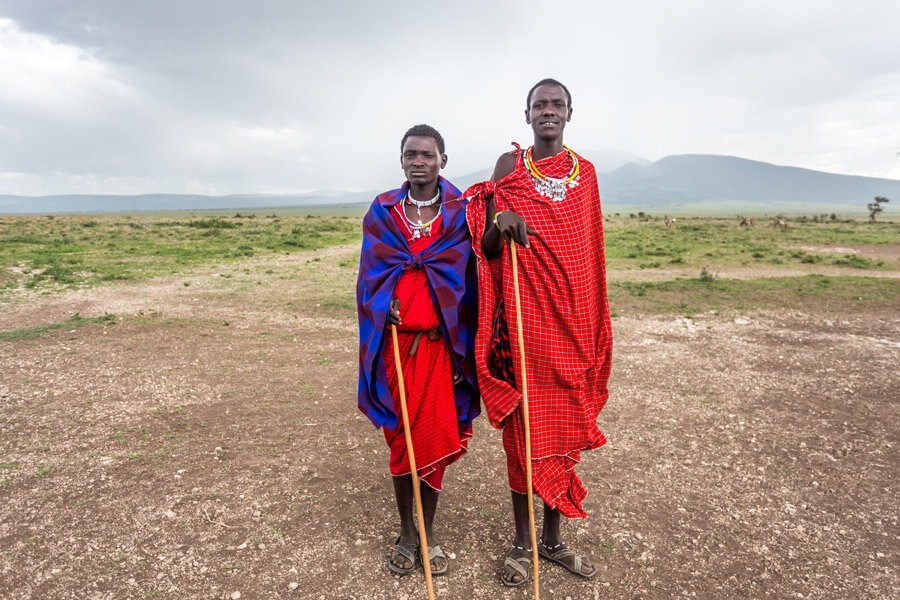
A Pioneering Experiment in Multi-Purpose Land Use
Ngorongoro is not just a conservation area; it’s a groundbreaking experiment in multi-purpose land use where the Maasai people, their livestock, and wildlife coexist in the same protected habitat. While the craters of Ngorongoro and Empakai are reserved exclusively for wildlife, the rest of the area is shared by wildlife, people, and livestock. The Maasai, the primary residents, are pastoralists who move with their herds in search of pasture and water. In recent years, they have also been encouraged to cultivate the land to supplement their traditional diet of milk and meat.
The Ngorongoro Crater
The Ngorongoro Crater is the central attraction of the area and is the world's largest intact caldera. With its walls reaching a sheer drop of 610 meters from the crater rim, the floor of the crater covers an area of 304 square kilometers and has a diameter of 19 km. The sight of the Ngorongoro Crater is breathtaking, often described as one of the Wonders of the World. Professor Bernhard Grzimek once wrote, "It is impossible to give a fair description of the size and beauty of the Crater, for there is nothing with which one can compare it."
The Crater Floor
The crater floor is home to a dense population of plains animals, including wildebeest, zebra, gazelles, elands, and a large predator population consisting of lions, hyenas, and jackals, all of which can be viewed at close quarters. The rare black rhino can also be seen here, and with luck, visitors might spot cheetahs and leopards. The rainy season in Ngorongoro lasts from November to May, and with an altitude of about 2,286 meters above sea level at the crater rim, temperatures can get quite chilly in the evening, particularly between May and September.
Ndutu
The Heart of the Serengeti Ecosystem
Ndutu, located within the Ngorongoro Conservation Area, lies in the southeastern plains of the Serengeti ecosystem. These plains are a crucial holding ground for migratory animals, where vast herds congregate from December to April. The Ndutu area, especially its short grass plains, plays a vital role as the calving grounds for wildebeest and other migratory animals before they begin their journey across the Serengeti in search of greener pastures and water.
Get to know
African Remotes Explorer is a specialist tour operator based on Arusha – Tanzania in a rural remote area. company is entirely owned and operated by local indigenous Tanzanian.




